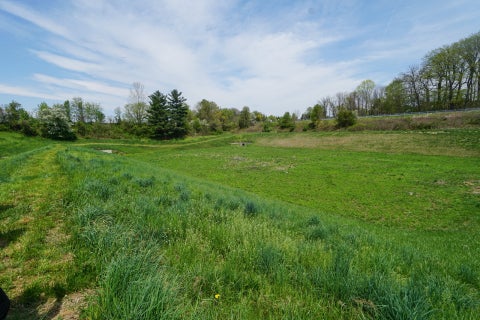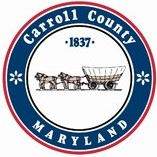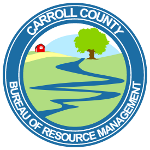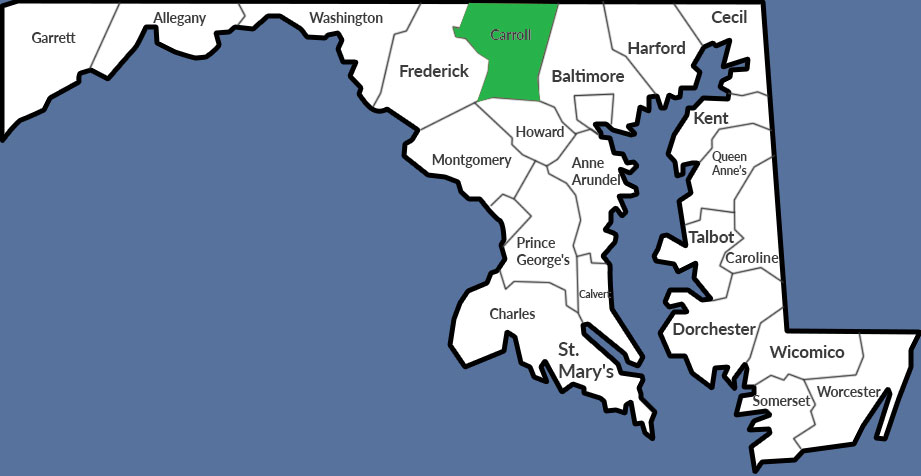Westminster High School Stormwater Management Facility

Parts of the Chesapeake Bay watershed contain a high percentage of impervious cover – paved or other hard surfaces such as roofs and roadways that prevent rain water from being absorbed into the ground. Instead, water runs along these surfaces, collecting trash and substances such as motor oil, lawn fertilizers, and pesticides. This polluted stormwater flows into streams and rivers, where it threatens aquatic ecosystems and public health.
Effective stormwater management, on the other hand, creates safe paths for polluted runoff to be captured and filtered through the ground before it reaches waterways. This helps keep the environment clean and our communities healthy!
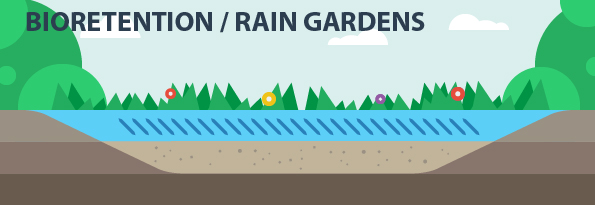
Project Location: Westminster, MD
Problem: During a GIS analysis and stream corridor assessments of drainage to Liberty reservoir, severe erosion was found on county-owned property. This erosion was caused in part from rainwater rushing off 41 acres of untreated parking lots, roofs, and blacktop that entered a storm drain system leading to this parcel. This stormwater infrastructure was developed prior to modern day stormwater management regulations (i.e. water quality, water quantity, channel protection) and carried untreated runoff toward a drinking water reservoir.
Solution: An engineering analysis determined that the most cost effective solution was a surface sand filter facility with a concrete ‘weir wall’. The county installed a manhole with a diversion structure which bypassed the stream flow around the facility and directed the storm flows into the facility for treatment. A series of under drains were installed in an 18” bed of No. 8 stone under an 18” sand/soil/wood chip filter media. Stormwater is now effectively treated and the drinking water supply is better protected.
Funding Sources: $453,526 from Maryland State Highway – Transportation Alternative Program (TAP) and $640,144 from Carroll County
Drainage Area: 117.25 acres
Impermeable Surface Area: 44.81 acres

